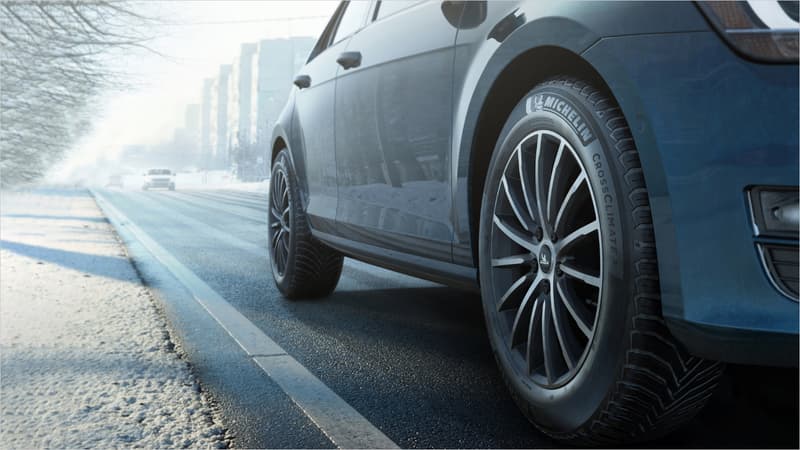This is one of the particularities of the new Euro 7 standard presented this Thursday, November 10 by the European Commission. In addition to tightening restrictions governing what comes out of the exhaust, the new rules also want to address particulate emissions generated by tires and brakes. Emissions that won’t go away, in fact, even by switching to 100% electric only in new cars from 2035.
“I am talking here about the emissions of both cars with combustion engines that will continue to be marketed between now and 2035, as well as emissions from heavy-duty vehicles, but also from electric vehicles”, stressed the European commissioner for the internal market, Thierry Breton. .
“It is important, because we have the feeling that electric vehicles are totally clean – it is true that they are much cleaner in terms of CO2, that is obvious – but the vehicles weigh approximately 40% more than average thermal vehicles and, therefore, they emit more of these particles” linked to the friction of tires and brakes, he continued.
A world first
The current draft regulation aims to reduce particulate matter emitted by brakes by 27% by 2035 and compared to 2013 and the current Euro 6 standard.
“The Euro 7 rules will be the first global emissions standards to go beyond tailpipe emission regulations and set additional limits for brake particulate emissions and microplastic brake emissions from tires,” he said. a press release from the European Commission.
Facing the end of the sales of thermal cars in 2035, non-polluting emissions will represent 90% of the particle pollution generated by road transport, estimates the commission.
“The Commission should prepare a report on tire abrasion by the end of 2024 in order to examine the measurement methods and the state of the art to propose tire abrasion limits,” the project document underlines.
How will this rule be applied?
It is therefore difficult to know at the moment how this tire and brake rule will be applied in practice beyond the overall emission reduction target.
A recent study showed that, in a modern car, the tires could finally be “more polluting” than the exhaust gases. In 2019, another study had already shown that tires and brakes could be the source of 41% of particulate matter emissions from car traffic in Ile-de-France.
A French start-up, Tallano, has specialized in a technology capable of sucking these particles attached to tires and brakes. In 2018 an experiment was set up on the RER, but also on the Renault Zoé of the Paris City Hall.
Source: BFM TV


